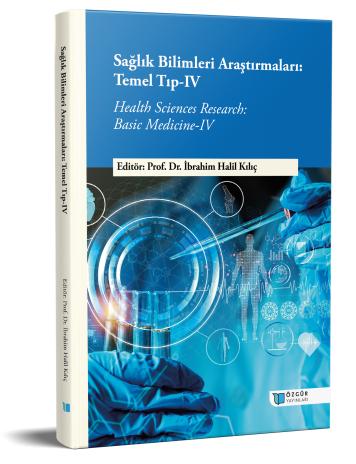
Catheter Related Infection Agents in Hemodialysis Patients
Chapter from the book:
Kılıç,
İ.
H.
(ed.)
2023.
Health Sciences Research: Basic Medicine- IV.
Synopsis
For patients with end-stage renal failure who have to receive hemodialysis (HD) treatment, temporary or permanent HD catheters used for vascular intervention are a serious problem in terms of infection development. The fact that patients are immunosuppressed due to their current diagnosis makes them more susceptible to infections. Since catheter-related infections may cause sepsis, it is important to foresee possible agents and initiate empiric treatments quickly in terms of the progression of the infection. When catheter infection develops, the first thing to do is to replace the catheter and initiate rapid antibiotic therapy. In patients with clinical doubt in the diagnosis of catheter infections, diagnostic methods vary depending on whether the catheter is removed or not. Preliminary diagnosis can be made by Gram staining or acridine orange cytosine test. In addition, qualitative and quantitative culture methods are used. The most frequently isolated microorganisms in catheter cultures are coagulase-negative Staphylococcus and Staphylococcus aureus. In addition, Enterococcus spp. and Streptococcus spp. has also been identified. In addition, gram-negative microorganisms Escherichia coli, Klebsiella spp., Pseudomonas aeroginosa are also isolated. Methicillin resistance to Staphylococcus spp., vacomycin resistance to Enterococcus spp. and carbapenem resistance in gram-negative microorganisms are the most critical problems. The presence of microorganisms that develop antibiotic resistance and biofilm formation make treatment difficult.

